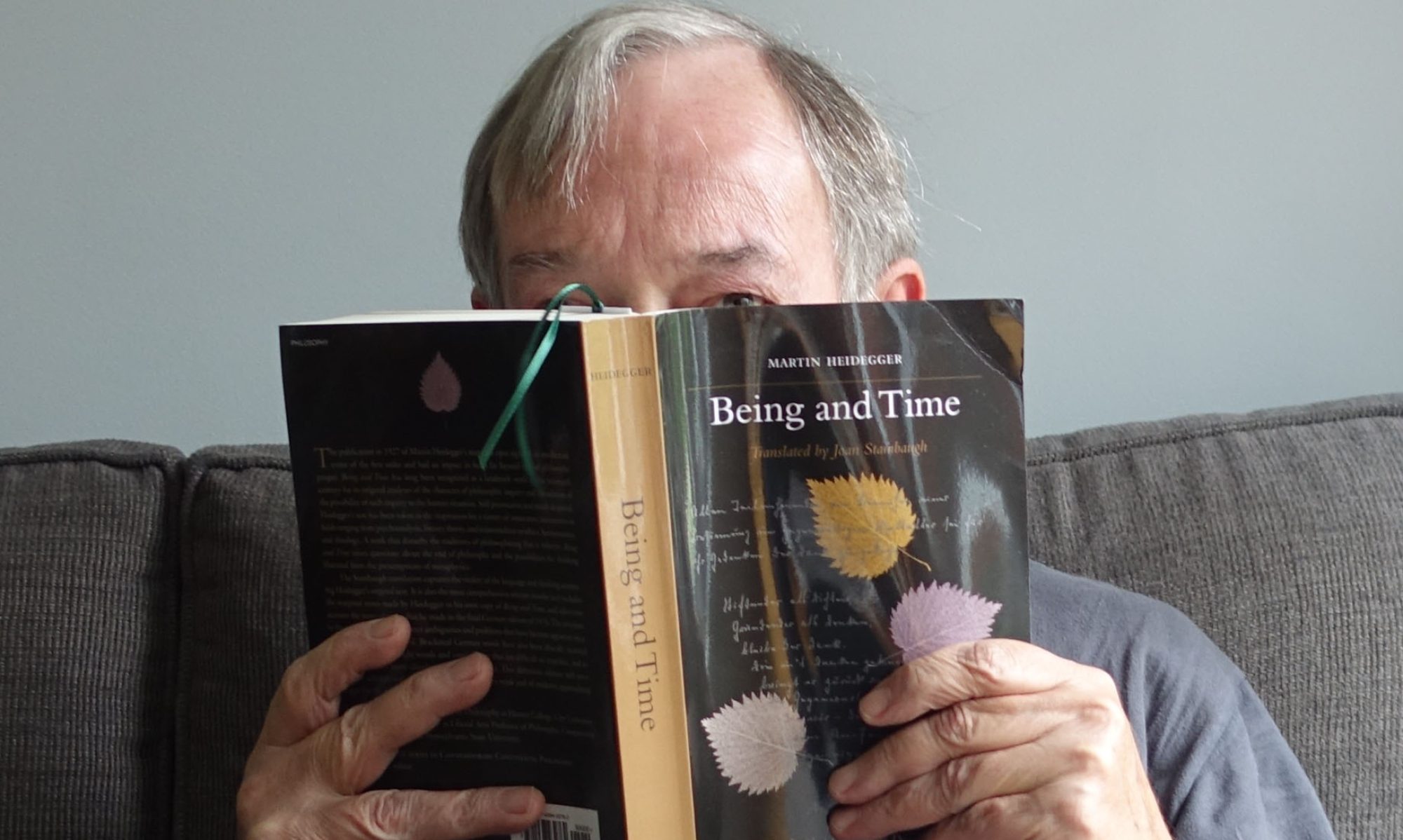Ross Douthat of the New York Times— the token conservative commentator on the opinion page– accepts the results of a study by the Centers for Disease Control and Prevention that show that teenagers today– especially–omygawd! girls– are more anxious, more depressed, and more unhappy than ever before.
By “social liberalism” I don’t mean the progressivism that took off in the Trump era — antiracism and diversity-equity-inclusion and #MeToo. I mean the more individualistic liberalism that emerged in the 1960s and experienced a second takeoff across the first decade of the 2000s. Its defining features were rapid secularization (the decline of Christian identification accelerated from the 1990s onward) and increasing social and sexual permissiveness — extending beyond support for same-sex marriage to beliefs about premarital sex, divorce, out-of-wedlock childbearing, marijuana use and more.
And it’s all because of the liberals! Douthat doesn’t think gun violence should depress anyone, or the cut-throat competitive nature of the U.S. economy, or the fear of being bankrupted by medical expenses, or the fact that a sexual predator and psychopath was elected president in 2016. Oh no. It’s the widespread availability of sex, gay or hetero, as a woman or a man or neither, and, of course, drug use. Have we heard this before?
I have two points. First of all, we hear about these studies all the time– and I mean ALL the time. Sociologists and social scientists just love asking teenagers if they are happy. Now, imagine for a moment you are a teenager. And life is not great, but it’s not all bad either. You’re kind of getting through it. You have some hopes and dreams and know you might have to work hard to achieve them. You have friends. Then someone comes along and asks you if you are happy or depressed or anxious. They ask you again an hour later. They ask you again the next day, and the next, and the next. You read articles in the New York Times or see pieces on CNN that tell you that a big problem today is that teenagers are not very happy. You start to wonder. Maybe I am unhappy. Maybe I’m depressed.
I don’t deny that it might be true. What I question is the assumption that these numbers represent a net change from previous eras, like the 1940’s, the 1950’s, and 1960’s. How would we know? It’s a great question to thoughtfully ask yourself: how would we know?
Nobody studied issues like this in the same comprehensive, systematic way in the 1950’s as we do now. We didn’t have the internet, obviously, or social media, and even television and radio was completely different than they are today. We didn’t have as many books or magazines or records or films. We didn’t have as many family photographs or recordings, let alone video. We had numerous wars around the world, and the U.S. itself was embroiled in Korea, and about to get embroiled in Viet Nam.
We had a lot of obvious racism, whites only schools, whites only restaurants and drinking fountains. We had a lot of drunk driving and date-rape, both of which now are severely punished, but were not back then. In fact, the consensus on rape seemed to be to not report it at all. We had a lot of teen pregnancy, “shotgun” weddings, and groping and petting. We had a society that blindly worshipped the military and the police. (It is no coincidence that Douthat, a conservative, would harken back to an era of such “stellar” values even if he doesn’t make explicit those particular values).
I suspect that a big part of our perception of the 1950’s has been shaped by unrealistic media portrayals, most emblematically, in “Happy Days” and the movie “American Graffiti”. Have a look at “The Last Picture Show”, “Diner”, “Rebel Without a Cause”, or “Badlands” for a corrective.
Secondly, Douthat clearly implies that enthusiastic membership in a church is a viable corrective. If only we had a study that showed that teenagers who are active members of churches are happier, less depressed and less anxious, and happier, than those who are not. We have no such study.
What studies we do have that compare church-going folk with non-church-going folk seems to show that we are all largely the same, holy or profane, saved or damned. We all indulge in porn. We all cheat and lie. (But only one side votes for Trump and loves guns and only one side believes you may have been born to the wrong gender and the world is warming.)
Even for Douthat, this column is unusually contrived in his desperation to find some way to blame liberals and progressives for the sad state of America. Like all conservatives, he knows that his side, the side of regressive, low tax, deregulated economies, benefits by promoting a sense that we are on the brink of catastrophe. Nothing new. We’ve been on this brink according to the Douthats of the world since Elvis first gyrated his hips.

